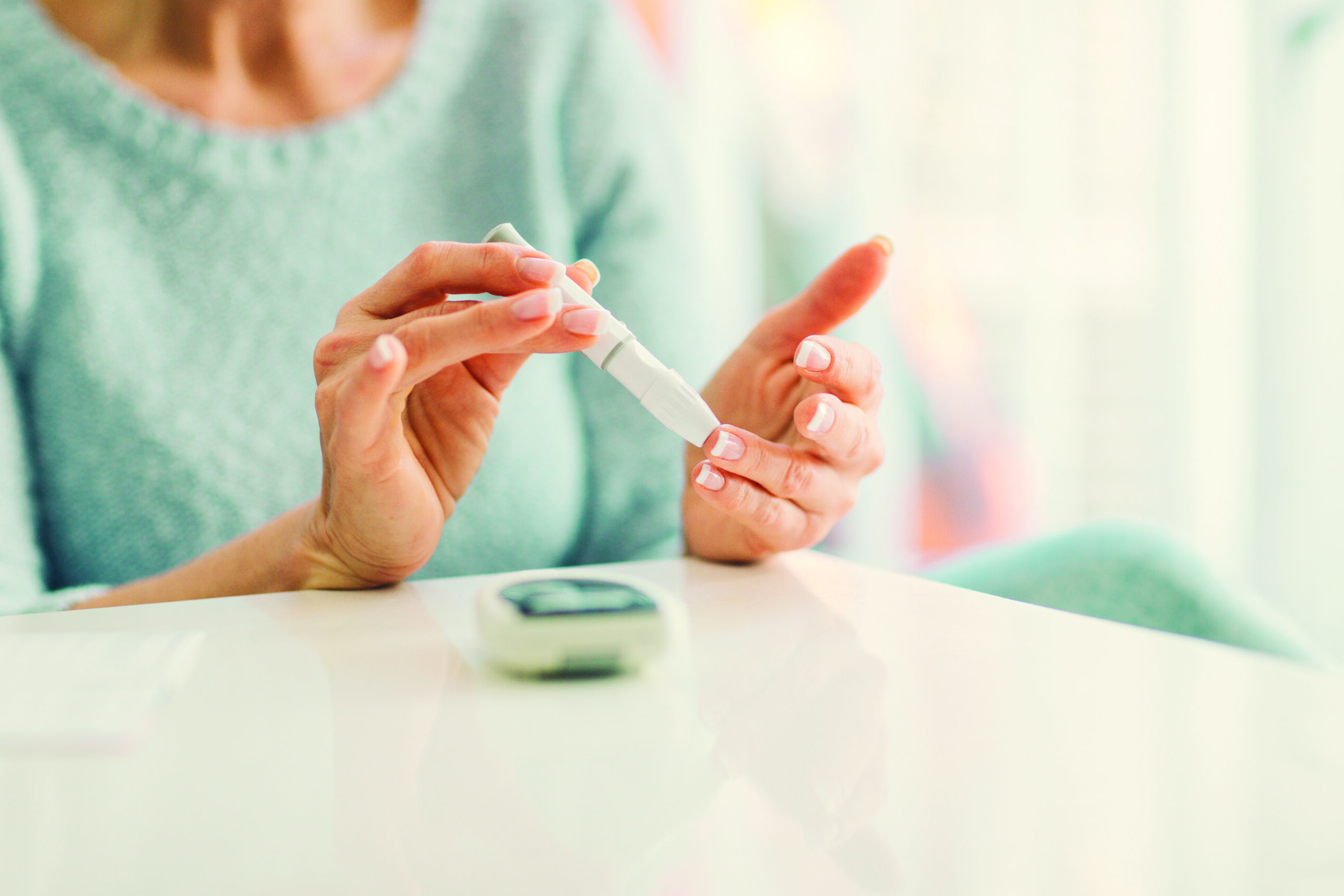- Cooking: Cooking is the number one cause of residential fires and injuries, accounting for nearly half of all reported residential fires. Cooking fires are often caused by unattended cooking, leaving grease or oil on the stovetop or using flammable liquids near the stove.
- Heating: Heating fires can be caused by a variety of factors, including improper use of space heaters, faulty heating equipment and blocked chimneys.
- Electrical equipment: Overloaded circuits, faulty wiring and damaged appliances can cause electrical fires.
- Intentional fires: Intentional fires are the fourth leading cause of residential fires and deaths. Intentional fires are often set by arsonists or people who are suicidal.
- Smoking: Smoking-related fires are often caused by cigarettes, matches or other smoking items that are not well extinguished.
Leading Causes of Non-Residential Fires
The leading causes of non-residential fires in the United States, according to the NFPA, include:
- Cooking: Cooking is the leading cause of non-residential fires and injuries, accounting for nearly one-third of all reported non-residential fires. As with residential cooking fires, non-residential cooking fires are often caused by unattended cooking, leaving grease or oil on the stovetop or using flammable liquids near the stove.
- Arson: Arson fires are often set by vandals, disgruntled employees or people seeking revenge.
- Improper use of smoking materials: Smoking-related fires are often caused by cigarettes, matches, cigars or other smoking items that aren’t extinguished well.
- Electrical equipment: Overloaded circuits, faulty wiring and damaged appliances are common causes of electrical fire.
- Heating: Heating fires can be caused by a variety of factors, including improper use of space heaters, faulty heating equipment and blocked chimneys.
Wildfires Have Natural and Human Causes
A variety of factors contribute to wildfires, including:
- Lightning: Lightning is the most common natural cause of wildfires.
- Human activity: Some common human-caused wildfires include unattended campfires, discarded cigarettes, arson, equipment malfunctions and power lines.
- Drought: Drought conditions can make forests and other vegetation more susceptible to wildfires.
- Wind: Strong winds can cause fire to spread quickly.
- Climate change: Climate change also contributes to the increasing frequency and severity of wildfires. It is causing hotter temperatures, drier conditions and longer fire seasons, which makes it easier for wildfires to start and spread.
- Install carbon monoxide and smoke detectors on every floor of the home, including the basement, and test them monthly.
- Keep a fire extinguisher in the house and know how to use it.
- Each household should have a fire escape plan and practice it regularly.
- Never leave candles or cooking unattended.
- Be careful with matches and lighters.
- Keep flammable materials away from heat sources.
- Staying calm and following the escape plan is the most important thing to do during a fire. Those who cannot escape should try to find a safe place until help arrives. A safe place could be a room with a closed door and a window that you can open to escape if necessary.
How To Handle Injuries During A Fire
It is crucial to seek immediate medical attention for anyone who is injured in a fire. Some common fire-related injuries include burns, smoke inhalation and carbon monoxide poisoning.
Tips for Treating Burns
To treat a burn, follow these steps:
- Stop the burning process. If the person’s clothes are on fire, smother the flames with a thick blanket or coat. If the person is burning due to chemicals, remove the chemicals from the skin immediately.
- Cool the burn. Running cool water over the burn for at least 10 minutes will help to reduce pain and swelling.
- Cover the burn. Loosely cover the burn with a clean, sterile bandage. Avoid using ointments or creams on the burn, which can trap heat and worsen the burn.
- Elevate the burn. If possible, elevate the burned area above the heart’s level to help reduce swelling.
- Seek medical attention. Seek medical attention immediately if the burn is large, deep or on the face, hands or feet
- Do not break blisters. Blisters are a natural part of the healing process and help to protect the burned area from infection.
- Do not apply ice to the burn. Doing so may damage the skin and worsen the burn.
- Do not take aspirin or ibuprofen. These medications can thin the blood and make bleeding worse.
- Drink plenty of fluids. Burns can cause dehydration, so drinking plenty of fluids, such as juice, water or sports drinks, is essential.
How to Treat Severe Burns
The majority of the catastrophic injuries in fires are severe burns. It is essential to know how to treat a severe, life-threatening burn until emergency services arrive.
- Call 911 and seek immediate care.
- Protect the burned person from further harm. Make sure they are away from the source of the burn.
- Make sure the person who was burned is breathing. If needed, those who know how should begin rescue breathing. A lifesaving CPR class is a good way to prepare for this type of situation.
- Remove any jewelry, belts or tight items from the burned area and neck. Burned areas begin to swell quickly, so you should remove anything that could cause restriction. However, do not remove clothing if it is stuck to the burn.
- Cover the burn loosely with gauze or a clean cloth. Do not press the material against the skin. Let it drape loosely against the burned individual’s body.
- Raise the burned area above heart level, if possible. Elevation is especially helpful if the burned area is an arm or leg. However, if the body’s trunk is burned, it may not be possible to elevate it.
- Watch for signs of shock in the burned individual. Signs may include cool, clammy skin, a weak pulse and shallow breathing.
How to Handle Smoke Inhalation
Smoke inhalation can be a severe medical condition. It is important to seek immediate medical attention for a person who has inhaled smoke. In the meantime, the following steps are helpful:
- Move to fresh air. Get as far away from the smoke as possible.
- Loosen any tight clothing to help the victim breathe more easily. For individuals who are having trouble breathing, use an oxygen mask. Oxygen masks are available at most hospitals and fire stations.
- Over-the-counter cough medication can help with coughing or wheezing.
- Drink plenty of fluids. Smoke inhalation can cause dehydration, so drinking plenty of fluids, such as juice, water or sports drinks, is essential.
Seek medical attention immediately for anyone with the following symptoms:
- Shortness of breath
- Wheezing
- Coughing
- Chest pain
- Headache
- Dizziness
- Confusion
- Loss of consciousness
Smoke inhalation can cause various health problems, including:
- Bronchitis
- Pneumonia
- Acute respiratory distress syndrome (ARDS)
- Lung cancer
- Heart disease
- Stroke
Those who have inhaled significant amounts of smoke should follow up with a doctor to monitor their health.
Dealing With Carbon Monoxide Poisoning
Carbon monoxide can be deadly. It is a colorless, odorless gas, which makes it hard to detect. Those who suspect that they are suffering from carbon monoxide poisoning should remove themselves from the area where the carbon monoxide is present and seek help immediately. Carbon monoxide poisoning often causes nausea, vomiting, dizziness and headaches.
To treat carbon monoxide poisoning, first get the person into fresh air and administer oxygen. Oxygen will help to displace the carbon monoxide in the blood and allow the person to breathe normally. In severe cases of carbon monoxide poisoning, the person may need to be treated in a hospital to receive high-flow oxygen therapy, hyperbaric oxygen therapy or both.
High-flow oxygen therapy involves giving the person pure oxygen through a mask, which helps to speed up the elimination of carbon monoxide from the blood.
Hyperbaric oxygen therapy involves giving the person pure oxygen in a pressurized chamber. This therapy makes it easier for oxygen to be transported to tissues because it increases the amount of oxygen that can be dissolved in the plasma and blood.
Carbon monoxide poisoning can be fatal, so getting medical help as soon as possible is essential.
Here are some additional tips for treating carbon monoxide poisoning:
- If the person is conscious, move them to fresh air immediately.
- If the person is unconscious, call 911 immediately and start CPR if necessary.
- Loosen any tight clothing on the victim’s neck and chest. Monitor the victim’s breathing and pulse until medical help arrives.
- Do not give the person anything to eat or drink.
While wildfires have been devastating, they serve as a warning sign. There are some lessons we can learn from them.
Experiencing a Wildfire Disaster: What Should Be in a Go-Bag?
While preparing a plan to escape a natural disaster like wildfire, it is important to have a go-bag. A go-bag is a small bag of survival essentials that can be easily grabbed when fleeing a wildfire. Some items to include are
- Ready-to-eat food
- Water
- Phone charger
- Battery bank
- Battery-powered or hand-crank radio
- Extra batteries
- Small first-aid kit
- Personal medications
- Toiletry items
- Extra pair of glasses or contact lenses
- Important documents (such as insurance cards)
- Cash in small bills
- Moist towelettes
- Garbage bags
- Seasonal clothing
- Sturdy footwear
- Emergency blankets








Leave A Comment